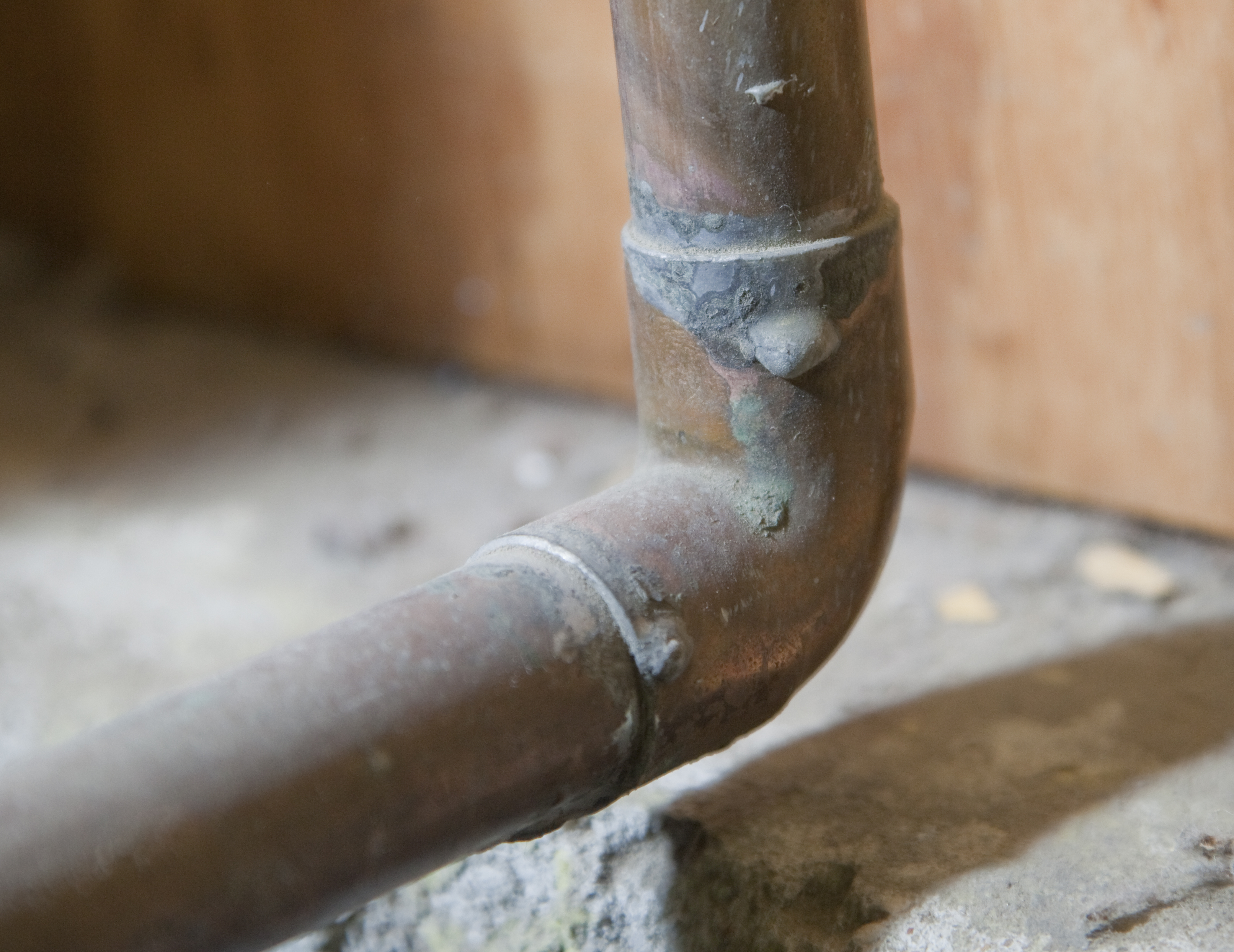Anyone can master the art of soldering copper

When soldering copper tubing, do not overheat the copper. Fifteen to 20 seconds should be more than enough time to heat the joint effectively.
With the advent of Pex tubing and “Shark Bite”-type fittings, soldering copper tubing is becoming a lost art. With a little patience and a lot of practice, you still have time to master this art form.
Step 1: Use a tubing cutter to make a smooth square cut at the end of the pipe. Never use a hacksaw to cut copper tubing.
Step 2: Ream the end of the tubing and remove any burrs left from the tubing cutter.
Step 3: Use emery cloth to polish the outside and inside of the copper tubing as well as the fitting ends. Clean all surfaces until they are as shiny as a new copper penny. Do not touch the cleaned area with your fingers.
Step 4: Use an acid brush to apply a thin coat of plumber’s flux to both the outside of the copper tubing and the inside of the pipe fitting. Flux removes any remaining impurities and etches the copper surface to ensure proper adhesion. Do not overapply the flux. Excess flux will eventually weaken the solder joint and corrode the tubing.
Step 5: Assemble the copper fittings and tubing. Make sure the tubing sits fully inside the fittings to assure a water-tight bond.
Step 6: Use the blue flame of a propane torch to heat the fitting as quickly as possible. Direct the flame to the middle of the fitting, moving the torch in a slight arc around the fitting. On a horizontal application, heat from the bottom of the joint rather than the top. The heat will naturally travel to the highest point of the tubing.
Step 7: When the flux begins to melt and the fitting glows with a slight iridescent color, touch the solder to the joint. If the joint is hot enough, the solder will be pulled into the fitting and create a seal around the circumference of the joint. If the solder is not pulled into the joint, continue heating the copper for a few more seconds before trying again. When working with tubing less than 1 inch in diameter, it is not necessary to physically move the solder around the joint. Simply touch the solder to the top of the fitting and it should flow into and around the joint.
Step 8: Before the joint has a chance to cool completely, run a rag over the edge to remove excess flux and solder, creating a smooth and even finish of which any professional would be proud.

